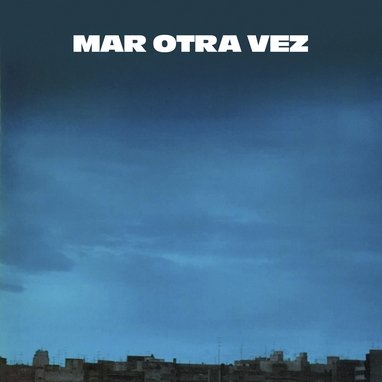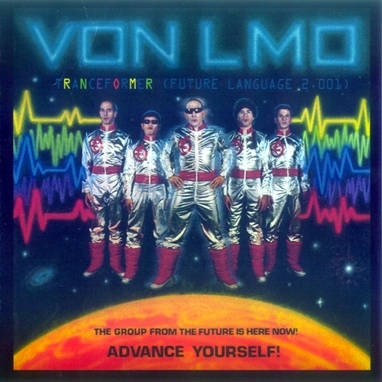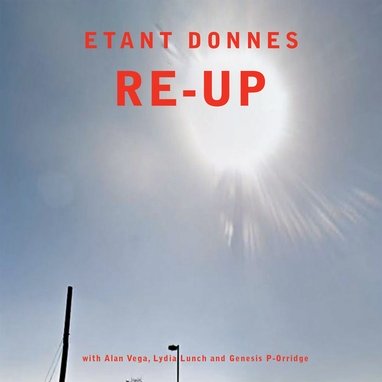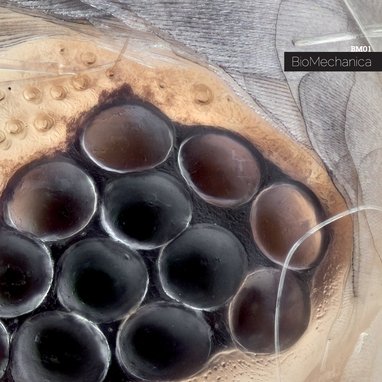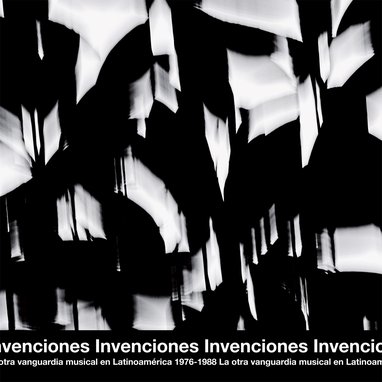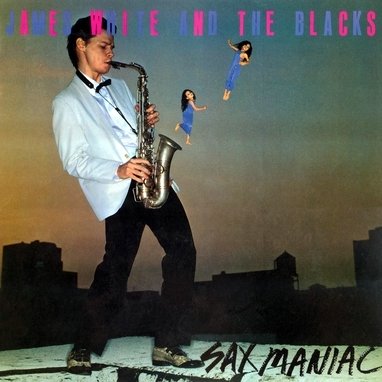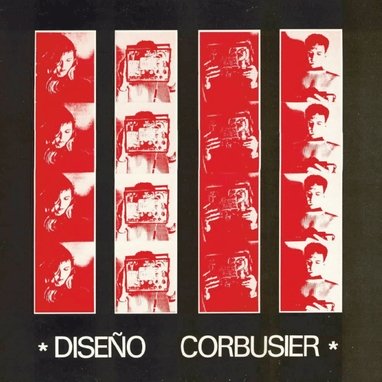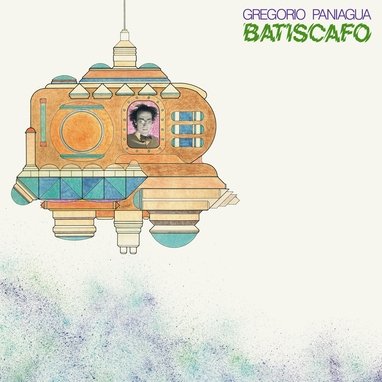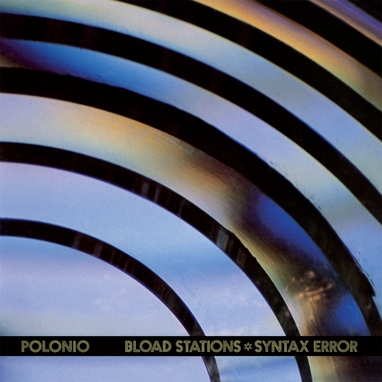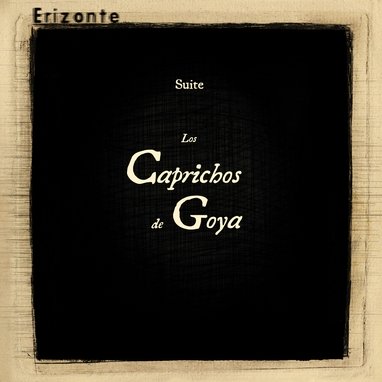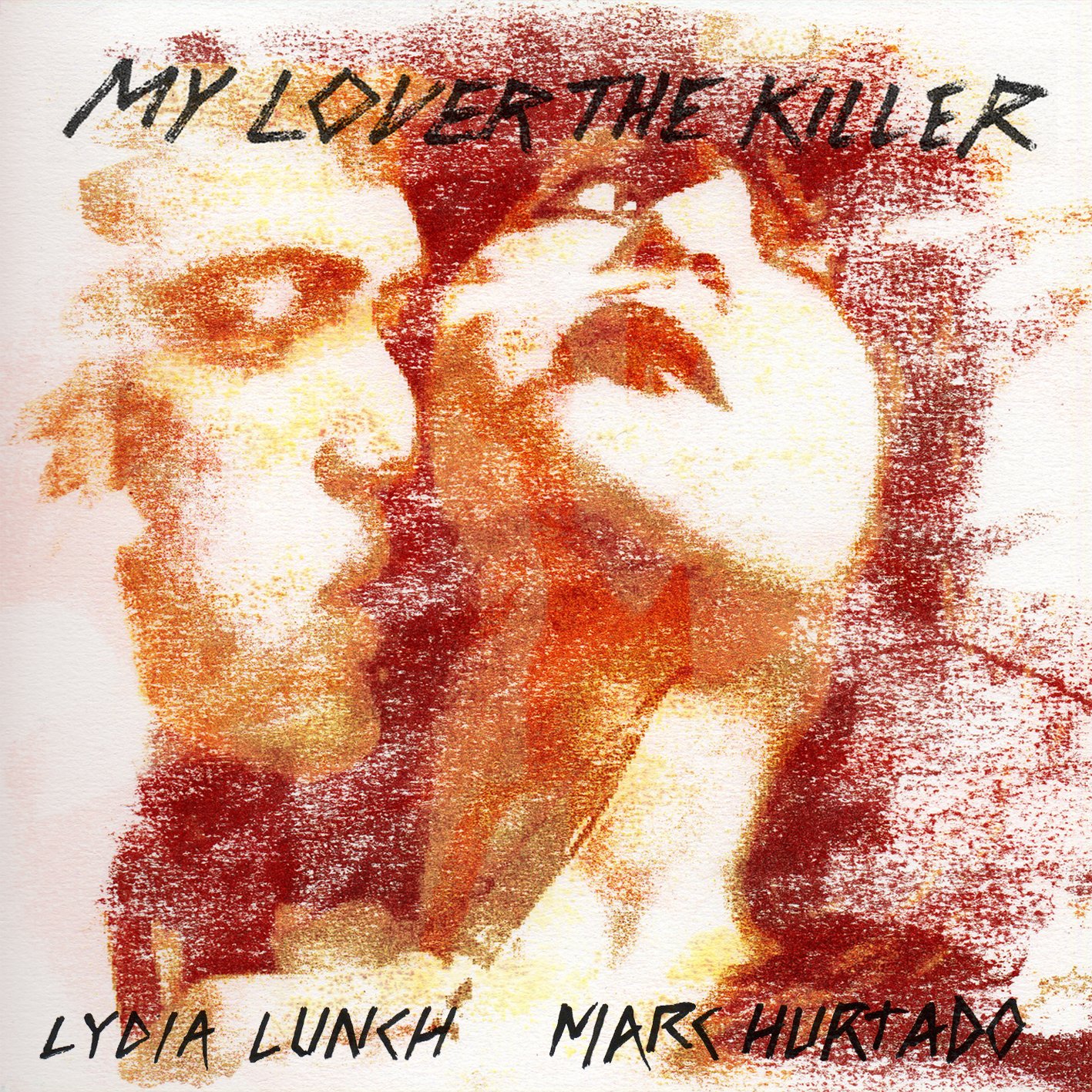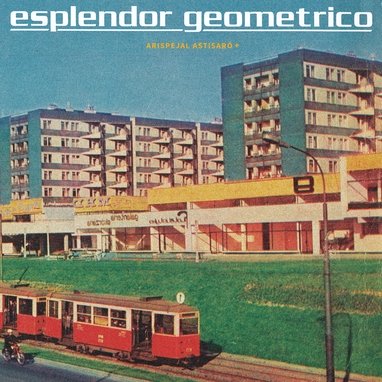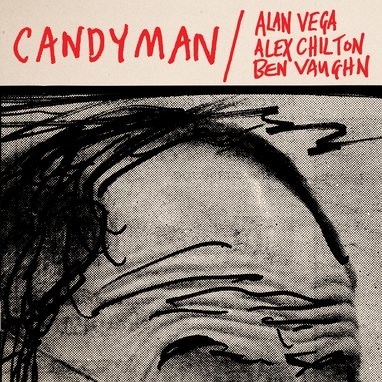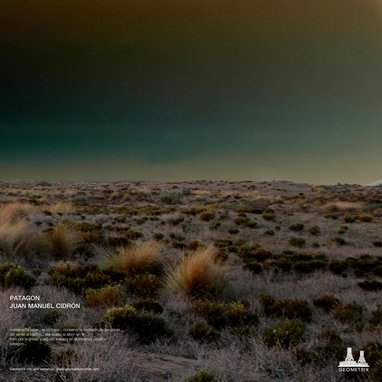Mar Otra Vez
No he olvidado cómo jugar embarrado. Fiesta del diablo y el cerdo
Original price was: 18,00€.10,00€Current price is: 10,00€.
Vinilísssimo
Mar Otra Vez
No he olvidado cómo jugar embarrado. Fiesta del diablo y el cerdo
Reissue of the 1985 debut mini-LP by Spanish cult band Mar Otra Vez. A groundbreaking record which shook the Spanish scene of the time with its arresting and no-holds-barred combination of no wave, post-punk, experimental rock and noise. 180g vinyl.
It was 1985. Those brave enough to buy a ticket to subject their consciousness to images such as “Jonás es comida de perros” (Jonah is dog food) were astonished. Not only by the animal poetry of the Madrid band’s singer. Scrap metal wasn’t a common sight on those stages. A large can sprinkled with alcohol on its surface was used as percussion. Over that menacing piece of junk hung a glass bottle, whose contact against the can stimulated a rhythm chaos loaded with grunts and violence. The band was called Mar Otra Vez. The song, ‘Jonás’. Its last note was the loud noise caused by that bottle smashing against the can. Shattered to pieces. Destroying the tasteful notions of melody and colour. Confronting Madrid’s Movida (the late 70s/early 80s countercultural movement). It was 1985. About Mar Otra Vez, the music press said they were avant-garde, innovative and cultured. Madrid’s cloying prestige during the first half of the 80s encouraged something different. All this talk about being modern had to stop. Or at least it should not be confused with media saturation. Julián Sanz (bass), Javier Corcobado (vocals and wind instruments), Javier Rodrigo (guitar), Luis Corchado (drums) and Andrews Wax (keyboards) possessed enough experience to front an alternative coming from the most creative experimentation. In that sense, Mar Otra Vez built on the daring experiences, two or three years earlier, of bands such as 429 Engaños – where some of the Mar Otra Vez members had started to play with noise – or La Gran Curva, whose members had a stall at Madrid’s Rastro market where they sold recorded cassette copies of “difficult” music. An import LP was a luxury item. It’s the summer of 1983. 429 Engaños break up. Compulsory military obligations drive them away from each other. A few months later, the army sends Corcobado, based in Tenerife, back to Spanish mainland to study topography. Being close to each other again, they decide to start a new band. They make some rehearsals, but after finishing the military service Corcobado chooses Tenerife as his residence, where he experiments with industrial composition techniques such as the “cut and paste” of magnetic tapes. He corresponds with Julián Sanz by letter, they exchange lyrics, sounds and theories. But Mar Otra Vez doesn’t get established. Until the GASA record label promises them a contract. It’s the end of 1984. “No he olvidado cómo jugar embarrado” (also “Fiesta del diablo y el cerdo”) was recorded over three days in February. The band had to reduce costs, which forced them to discard some good songs such as ‘Ámame’. But it was no big deal. Those music scores of chaos were well learned. Their young adrenaline was channelled towards a real tension, sometimes brutal, others psychological. If 429 Engaños had been an exercise in experimentation, the first Mar Otra Vez mini-LP became an exercise in intellectual composition. Being different was the best virtue. So much that they refused to wear dishevelled dandy uniforms, in the style that their admired Nick Cave had done in his Birthday Party period, thus freeing themselves from aesthetics. The wildness of the Australian band was present. But so were New York’s no wave, jazz-rock bass lines and the most aggressive funk. It was a complete Cathecism of initiation to otherness that would yield another two records (“Edades de óxido” and ‘Algún paté venenoso”) and which nobody in Spain would be able to match, although it would serve as template for record labels of the next decade such as Triquinoise and Por Caridad. César Estabiel
Productos relacionados
Original price was: 18,00€.10,00€Current price is: 10,00€.
Reissue of the 1985 debut mini-LP by Spanish cult band Mar Otra Vez. A groundbreaking record which shook the Spanish scene of the time with its arresting and no-holds-barred combination of no wave, post-punk, experimental rock and noise. 180g vinyl.
It was 1985. Those brave enough to buy a ticket to subject their consciousness to images such as “Jonás es comida de perros” (Jonah is dog food) were astonished. Not only by the animal poetry of the Madrid band’s singer. Scrap metal wasn’t a common sight on those stages. A large can sprinkled with alcohol on its surface was used as percussion. Over that menacing piece of junk hung a glass bottle, whose contact against the can stimulated a rhythm chaos loaded with grunts and violence. The band was called Mar Otra Vez. The song, ‘Jonás’. Its last note was the loud noise caused by that bottle smashing against the can. Shattered to pieces. Destroying the tasteful notions of melody and colour. Confronting Madrid’s Movida (the late 70s/early 80s countercultural movement). It was 1985. About Mar Otra Vez, the music press said they were avant-garde, innovative and cultured. Madrid’s cloying prestige during the first half of the 80s encouraged something different. All this talk about being modern had to stop. Or at least it should not be confused with media saturation. Julián Sanz (bass), Javier Corcobado (vocals and wind instruments), Javier Rodrigo (guitar), Luis Corchado (drums) and Andrews Wax (keyboards) possessed enough experience to front an alternative coming from the most creative experimentation. In that sense, Mar Otra Vez built on the daring experiences, two or three years earlier, of bands such as 429 Engaños – where some of the Mar Otra Vez members had started to play with noise – or La Gran Curva, whose members had a stall at Madrid’s Rastro market where they sold recorded cassette copies of “difficult” music. An import LP was a luxury item. It’s the summer of 1983. 429 Engaños break up. Compulsory military obligations drive them away from each other. A few months later, the army sends Corcobado, based in Tenerife, back to Spanish mainland to study topography. Being close to each other again, they decide to start a new band. They make some rehearsals, but after finishing the military service Corcobado chooses Tenerife as his residence, where he experiments with industrial composition techniques such as the “cut and paste” of magnetic tapes. He corresponds with Julián Sanz by letter, they exchange lyrics, sounds and theories. But Mar Otra Vez doesn’t get established. Until the GASA record label promises them a contract. It’s the end of 1984. “No he olvidado cómo jugar embarrado” (also “Fiesta del diablo y el cerdo”) was recorded over three days in February. The band had to reduce costs, which forced them to discard some good songs such as ‘Ámame’. But it was no big deal. Those music scores of chaos were well learned. Their young adrenaline was channelled towards a real tension, sometimes brutal, others psychological. If 429 Engaños had been an exercise in experimentation, the first Mar Otra Vez mini-LP became an exercise in intellectual composition. Being different was the best virtue. So much that they refused to wear dishevelled dandy uniforms, in the style that their admired Nick Cave had done in his Birthday Party period, thus freeing themselves from aesthetics. The wildness of the Australian band was present. But so were New York’s no wave, jazz-rock bass lines and the most aggressive funk. It was a complete Cathecism of initiation to otherness that would yield another two records (“Edades de óxido” and ‘Algún paté venenoso”) and which nobody in Spain would be able to match, although it would serve as template for record labels of the next decade such as Triquinoise and Por Caridad. César Estabiel
Productos relacionados
No he olvidado cómo jugar embarrado. Fiesta del diablo y el cerdo
Reissue of the 1985 debut mini-LP by Spanish cult band Mar Otra Vez. A groundbreaking record which shook the Spanish scene of the time with its arresting and no-holds-barred combination of no wave, post-punk, experimental rock and noise. 180g vinyl.
It was 1985. Those brave enough to buy a ticket to subject their consciousness to images such as “Jonás es comida de perros” (Jonah is dog food) were astonished. Not only by the animal poetry of the Madrid band’s singer. Scrap metal wasn’t a common sight on those stages. A large can sprinkled with alcohol on its surface was used as percussion. Over that menacing piece of junk hung a glass bottle, whose contact against the can stimulated a rhythm chaos loaded with grunts and violence. The band was called Mar Otra Vez. The song, ‘Jonás’. Its last note was the loud noise caused by that bottle smashing against the can. Shattered to pieces. Destroying the tasteful notions of melody and colour. Confronting Madrid’s Movida (the late 70s/early 80s countercultural movement). It was 1985. About Mar Otra Vez, the music press said they were avant-garde, innovative and cultured. Madrid’s cloying prestige during the first half of the 80s encouraged something different. All this talk about being modern had to stop. Or at least it should not be confused with media saturation. Julián Sanz (bass), Javier Corcobado (vocals and wind instruments), Javier Rodrigo (guitar), Luis Corchado (drums) and Andrews Wax (keyboards) possessed enough experience to front an alternative coming from the most creative experimentation. In that sense, Mar Otra Vez built on the daring experiences, two or three years earlier, of bands such as 429 Engaños – where some of the Mar Otra Vez members had started to play with noise – or La Gran Curva, whose members had a stall at Madrid’s Rastro market where they sold recorded cassette copies of “difficult” music. An import LP was a luxury item. It’s the summer of 1983. 429 Engaños break up. Compulsory military obligations drive them away from each other. A few months later, the army sends Corcobado, based in Tenerife, back to Spanish mainland to study topography. Being close to each other again, they decide to start a new band. They make some rehearsals, but after finishing the military service Corcobado chooses Tenerife as his residence, where he experiments with industrial composition techniques such as the “cut and paste” of magnetic tapes. He corresponds with Julián Sanz by letter, they exchange lyrics, sounds and theories. But Mar Otra Vez doesn’t get established. Until the GASA record label promises them a contract. It’s the end of 1984. “No he olvidado cómo jugar embarrado” (also “Fiesta del diablo y el cerdo”) was recorded over three days in February. The band had to reduce costs, which forced them to discard some good songs such as ‘Ámame’. But it was no big deal. Those music scores of chaos were well learned. Their young adrenaline was channelled towards a real tension, sometimes brutal, others psychological. If 429 Engaños had been an exercise in experimentation, the first Mar Otra Vez mini-LP became an exercise in intellectual composition. Being different was the best virtue. So much that they refused to wear dishevelled dandy uniforms, in the style that their admired Nick Cave had done in his Birthday Party period, thus freeing themselves from aesthetics. The wildness of the Australian band was present. But so were New York’s no wave, jazz-rock bass lines and the most aggressive funk. It was a complete Cathecism of initiation to otherness that would yield another two records (“Edades de óxido” and ‘Algún paté venenoso”) and which nobody in Spain would be able to match, although it would serve as template for record labels of the next decade such as Triquinoise and Por Caridad. César Estabiel
Mar Otra Vez
No he olvidado cómo jugar embarrado. Fiesta del diablo y el cerdo
Reissue of the 1985 debut mini-LP by Spanish cult band Mar Otra Vez. A groundbreaking record which shook the Spanish scene of the time with its arresting and no-holds-barred combination of no wave, post-punk, experimental rock and noise. 180g vinyl.
It was 1985. Those brave enough to buy a ticket to subject their consciousness to images such as “Jonás es comida de perros” (Jonah is dog food) were astonished. Not only by the animal poetry of the Madrid band’s singer. Scrap metal wasn’t a common sight on those stages. A large can sprinkled with alcohol on its surface was used as percussion. Over that menacing piece of junk hung a glass bottle, whose contact against the can stimulated a rhythm chaos loaded with grunts and violence. The band was called Mar Otra Vez. The song, ‘Jonás’. Its last note was the loud noise caused by that bottle smashing against the can. Shattered to pieces. Destroying the tasteful notions of melody and colour. Confronting Madrid’s Movida (the late 70s/early 80s countercultural movement). It was 1985. About Mar Otra Vez, the music press said they were avant-garde, innovative and cultured. Madrid’s cloying prestige during the first half of the 80s encouraged something different. All this talk about being modern had to stop. Or at least it should not be confused with media saturation. Julián Sanz (bass), Javier Corcobado (vocals and wind instruments), Javier Rodrigo (guitar), Luis Corchado (drums) and Andrews Wax (keyboards) possessed enough experience to front an alternative coming from the most creative experimentation. In that sense, Mar Otra Vez built on the daring experiences, two or three years earlier, of bands such as 429 Engaños – where some of the Mar Otra Vez members had started to play with noise – or La Gran Curva, whose members had a stall at Madrid’s Rastro market where they sold recorded cassette copies of “difficult” music. An import LP was a luxury item. It’s the summer of 1983. 429 Engaños break up. Compulsory military obligations drive them away from each other. A few months later, the army sends Corcobado, based in Tenerife, back to Spanish mainland to study topography. Being close to each other again, they decide to start a new band. They make some rehearsals, but after finishing the military service Corcobado chooses Tenerife as his residence, where he experiments with industrial composition techniques such as the “cut and paste” of magnetic tapes. He corresponds with Julián Sanz by letter, they exchange lyrics, sounds and theories. But Mar Otra Vez doesn’t get established. Until the GASA record label promises them a contract. It’s the end of 1984. “No he olvidado cómo jugar embarrado” (also “Fiesta del diablo y el cerdo”) was recorded over three days in February. The band had to reduce costs, which forced them to discard some good songs such as ‘Ámame’. But it was no big deal. Those music scores of chaos were well learned. Their young adrenaline was channelled towards a real tension, sometimes brutal, others psychological. If 429 Engaños had been an exercise in experimentation, the first Mar Otra Vez mini-LP became an exercise in intellectual composition. Being different was the best virtue. So much that they refused to wear dishevelled dandy uniforms, in the style that their admired Nick Cave had done in his Birthday Party period, thus freeing themselves from aesthetics. The wildness of the Australian band was present. But so were New York’s no wave, jazz-rock bass lines and the most aggressive funk. It was a complete Cathecism of initiation to otherness that would yield another two records (“Edades de óxido” and ‘Algún paté venenoso”) and which nobody in Spain would be able to match, although it would serve as template for record labels of the next decade such as Triquinoise and Por Caridad. César Estabiel

